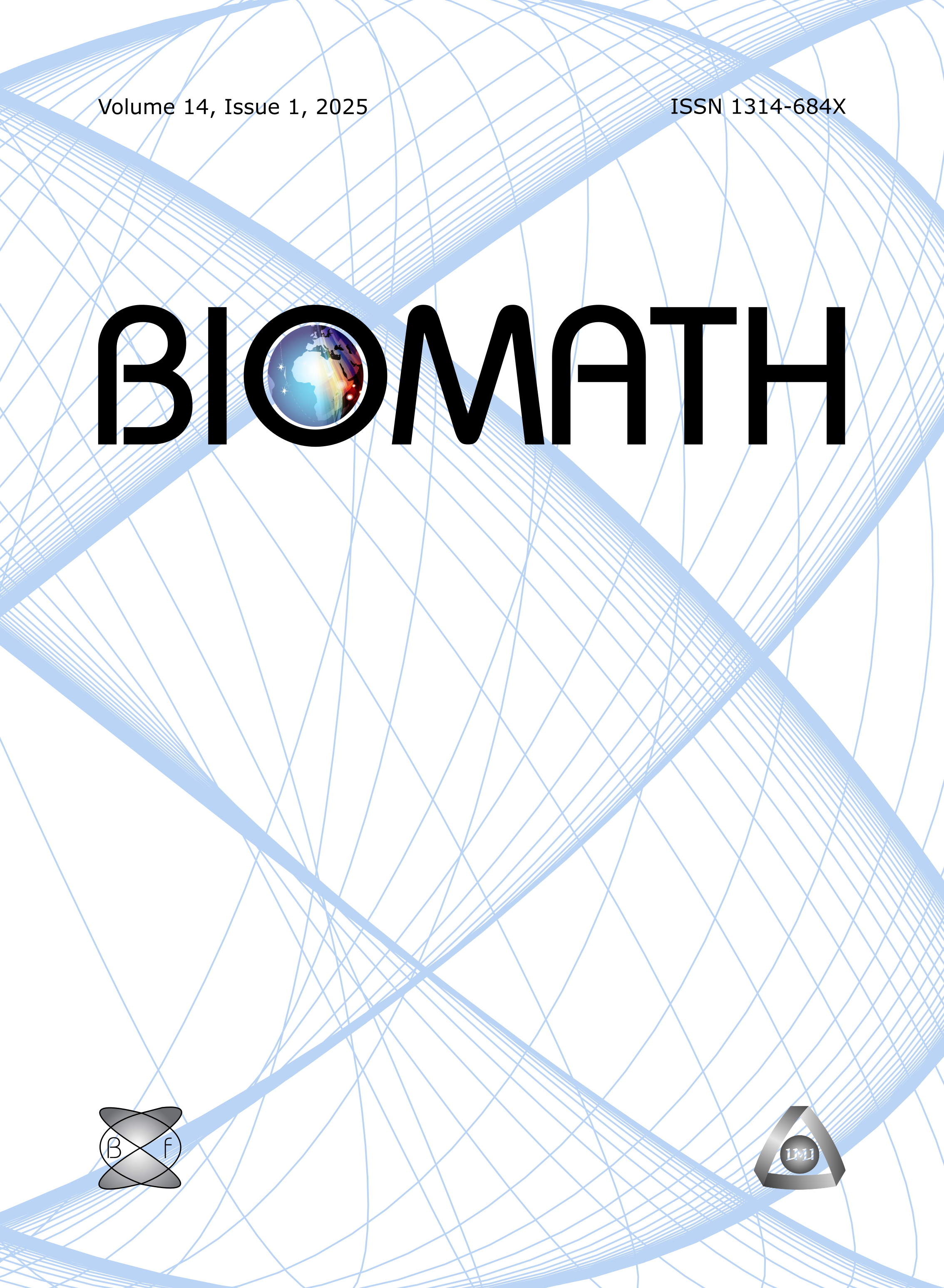Pulsing corals: A story of scale and mixing
DOI:
https://doi.org/10.11145/j.biomath.2017.12.169Keywords:
pulsing coral, coral reefs, immersed boundary, fluid-structure interaction, computational fluid dynamicsAbstract
Effective methods of fluid transport vary across scale. A commonly used dimensionless number for quantifying the effective scale of fluid transport is the frequency based Reynolds number, Ref, which gives the ratio of inertial to viscous forces in a fluid flow. What may work well for one Ref regime may not produce significant flows for another. These differences in scale have implications for many organisms, ranging from the mechanics of how organisms move through their fluid environment to how hearts pump at various stages in development. Some organisms, such as soft pulsing corals, actively contract their tentacles to generate mixing currents that enhance photosynthesis. Their unique morphology and the intermediate Ref regime at which they function, where both viscous and inertial forces are significant, make them a unique model organism for understanding fluid mixing. In this paper, 3D fluid-structure interaction simulations of a pulsing soft coral are used to quantify fluid transport and describe fluid mixing across a wide range of Ref. The results show that net transport is negligible for Ref < O(101Ref >= O(101Re is increased well above O(101Ref between about 8 and 36, the flows they produce are defined by sustained net transport of fluid away from the coral in a continuous upward jet and a slow region of mixing between the tentacles necessary for gas exchange.
Supplementary material:
1. Movie of velocity and vorticity of flow field around pulsing coral at Re=0.5
2. Movie of velocity and vorticity of flow field around pulsing coral at Re=10
3. Movie of velocity and vorticity of flow field around pulsing coral at Re=80
Downloads
Published
Issue
Section
License
The journal Biomath is an open access journal. All published articles are immeditely available online and the respective DOI link activated. All articles can be access for free and no reader registration of any sort is required. No fees are charged to authors for article submission or processing. Online publications are funded through volunteer work, donations and grants.
Authors who publish with this journal agree to the following terms:
- Authors retain copyright and grant the journal right of first publication with the work simultaneously licensed under a Creative Commons Attribution License 4.0 that allows others to share the work with an acknowledgement of the work's authorship and initial publication in this journal.
- Authors are able to enter into separate, additional contractual arrangements for the non-exclusive distribution of the journal's published version of the work (e.g., post it to an institutional repository or publish it in a book), with an acknowledgement of its initial publication in this journal.
- Authors are permitted and encouraged to post their work online (e.g., in institutional repositories or on their website) prior to and during the submission process, as it can lead to productive exchanges, as well as earlier and greater citation of published work (See The Effect of Open Access).

